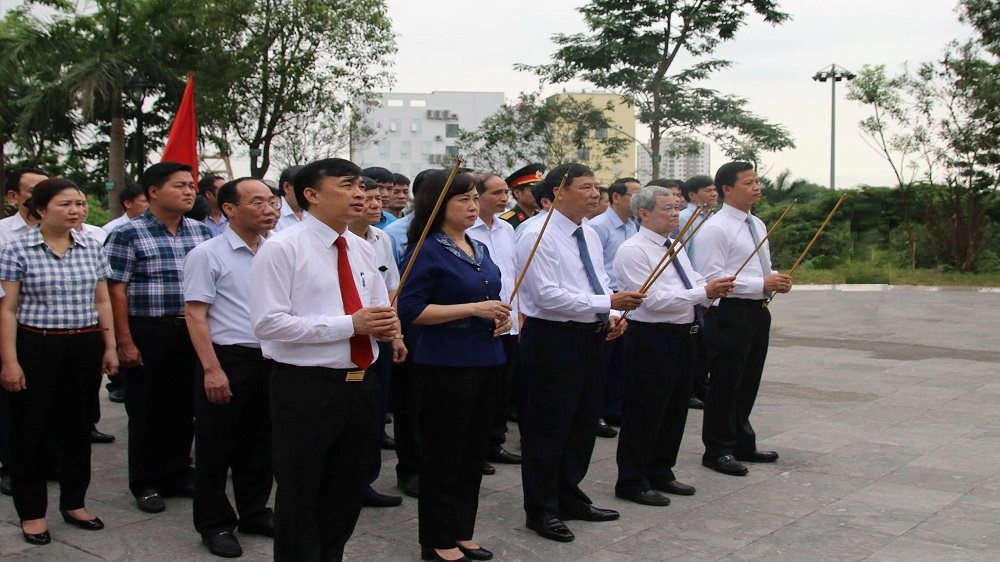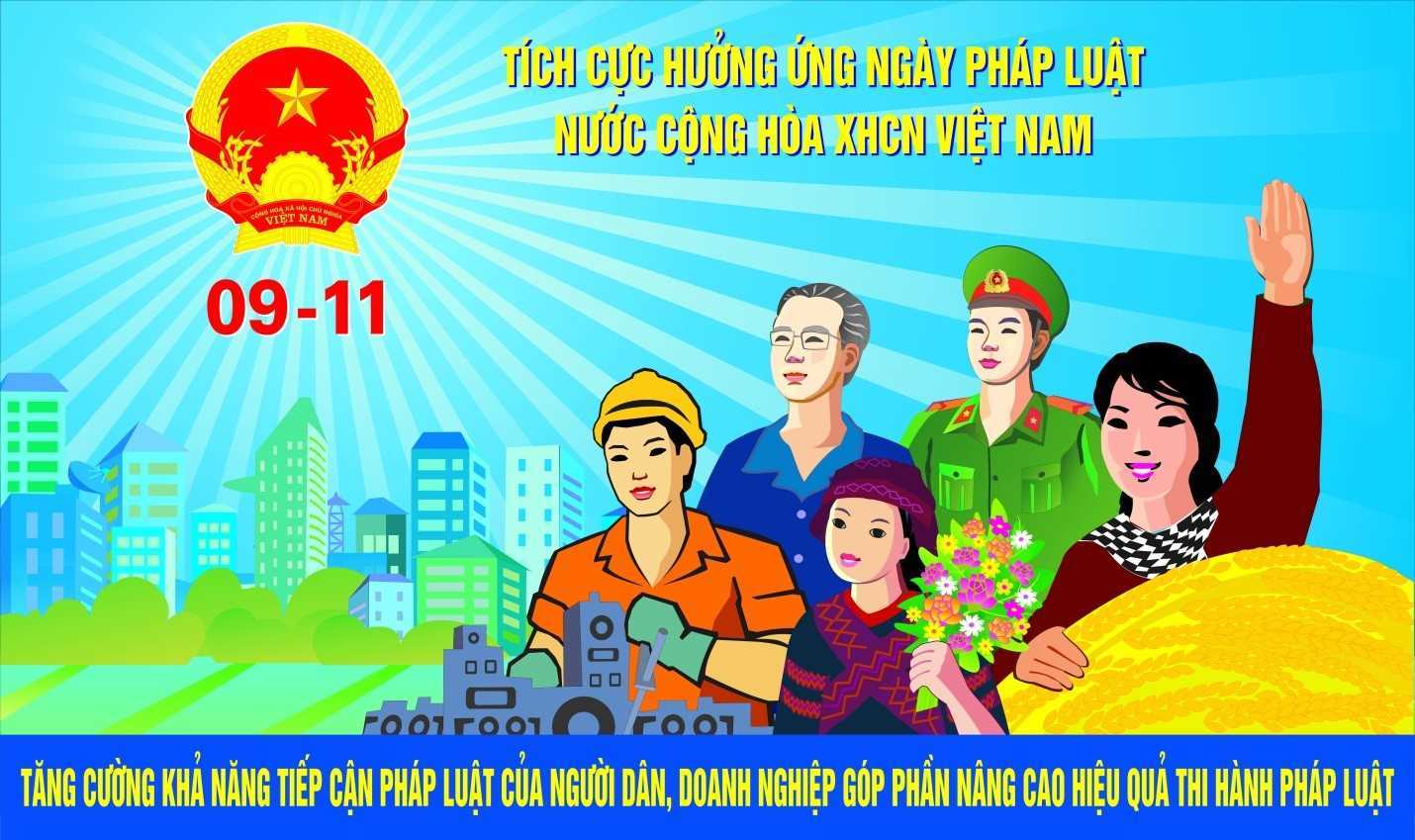Tuần lễ áo dài Việt Nam trong dịp kỷ niệm 114 năm Ngày Quốc tế Phụ nữ
04/03/2024Tuần lễ áo dài Việt Nam trong dịp kỷ niệm 114 năm Ngày Quốc tế Phụ nữ

Executive Summary

In celebration of International Women’s Day, Vietnam hosts an annual Áo dài Week, a cultural event showcasing the traditional Vietnamese Áo dài. This article explores the history, significance, and modern interpretations of the Áo dài, providing insights into its enduring popularity and relevance in contemporary Vietnamese society.

Introduction
The Áo dài, a symbol of Vietnamese grace and elegance, has been an integral part of Vietnamese culture for centuries. Its flowing lines and intricate designs embody the spirit of Vietnam’s women, showcasing both beauty and strength. During Áo dài Week, Vietnam celebrates the rich heritage and modern manifestations of this timeless garment.
Subtopics
Historical Evolution
- Early origins: The Áo dài traces its roots back to the traditional dress worn by Vietnamese women in the 17th century.
- Influences from China and West: Over the years, the Áo dài has been influenced by both Chinese and Western fashion, incorporating elements such as high collars, long sleeves, and flared skirts.
- National symbol: In the 20th century, the Áo dài became a symbol of Vietnamese nationalism, worn by women in the fight for independence and later adopted as the official attire for women in government and education.
Cultural Significance
- Femininity and grace: The Áo dài accentuates the feminine curves, conveying elegance and grace.
- National identity: Wearing the Áo dài is a way for Vietnamese women to express their cultural identity and pride.
- Versatility: The Áo dài can be worn in a variety of settings, from formal ceremonies to casual gatherings, making it a versatile garment that transcends time and occasion.
Modern Interpretations
- Contemporary fashion: Designers are constantly reinterpreting the Áo dài with modern fabrics, colors, and patterns, keeping the tradition alive while appealing to modern sensibilities.
- Streetwear influence: Young Vietnamese are incorporating the Áo dài into their streetwear looks, creating fresh and edgy combinations.
- International exposure: The Áo dài has gained international recognition through fashion shows, cultural exchanges, and collaborations with renowned designers.
International Recognition
- UNESCO Intangible Cultural Heritage: In 2024, the Áo dài was recognized by UNESCO as an Intangible Cultural Heritage of Humanity.
- Fashion world acclaim: Designers like Oscar de La Renta and Valentino have featured the Áo dài in their collections, showcasing its global appeal.
- Cultural diplomacy: Vietnam promotes the Áo dài as a symbol of its rich culture, using it as a bridge to connect with other nations.
Áo dài in Popular Culture
- Film and television: The Áo dài is a common sight in Vietnamese film and television shows, reflecting its deep-rootedness in Vietnamese society.
- Music and dance: The Áo dài is often featured in traditional Vietnamese music and dance performances, symbolizing grace and movement.
- Tourism: Tourists to Vietnam often visit traditional Áo dài shops and participate in cultural experiences centered around the garment.
Conclusion
Áo dài Week celebrates the enduring legacy of the Vietnamese Áo dài, a garment that has transcended time and fashion trends. From its historical roots to its modern adaptations, the Áo dài continues to captivate and inspire, embodying the essence of Vietnamese femininity and cultural identity. As the world celebrates International Women’s Day, Vietnam proudly showcases the Áo dài as a symbol of both beauty and strength, a timeless masterpiece that continues to resonate with women around the globe.
Keyword Phrase Tags
-
Áo dài Week
-
Áo dài Vietnam
-
International Women’s Day
-
Vietnamese tradition
-
Modern Áo dài
#Xem thêm một số bài viết về :Tuần lễ áo dài Việt Nam trong dịp kỷ niệm 114 năm Ngày Quốc tế Phụ nữ
- 10 mẫu thiệp chúc mừng ngày quốc tế thiếu nhi đẹp, dễ làm, ý nghĩa
- 7 Cách vẽ mặt Halloween cho trẻ em đơn giản đáng yêu dễ thương nhất
- 10 ý tưởng trang trí bàn tiệc Valentine ngọt ngào độc lạ lãng mạn nhất
- Hướng dẫn cách vẽ thiệp chúc mừng ngày 20/11 vừa đẹp lại ý nghĩa
- Đường đua F1 tại Hà Nội toàn cảnh quy hoạch chi tiết các chỗ ngồi đẹp